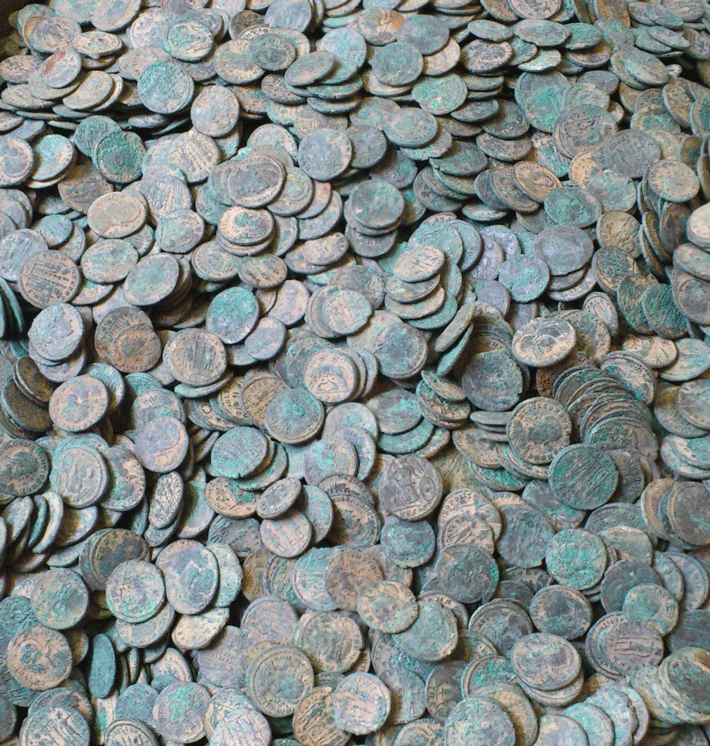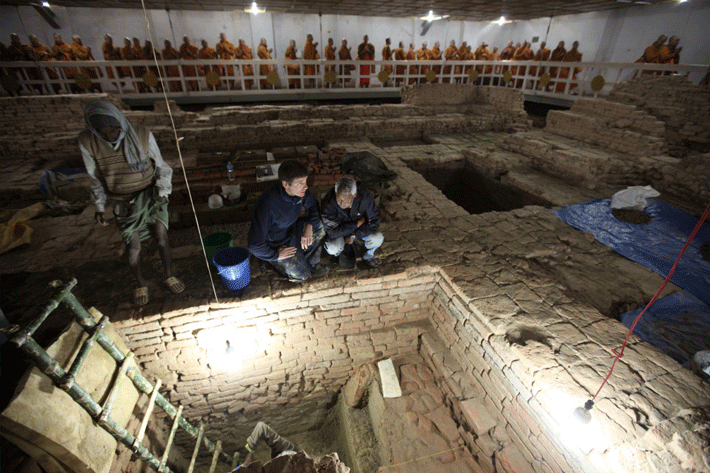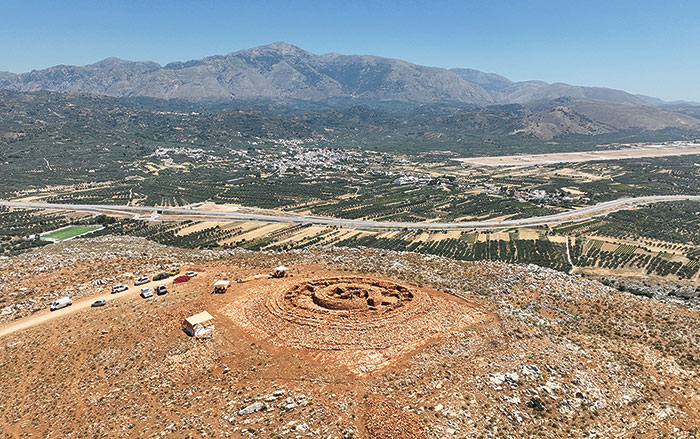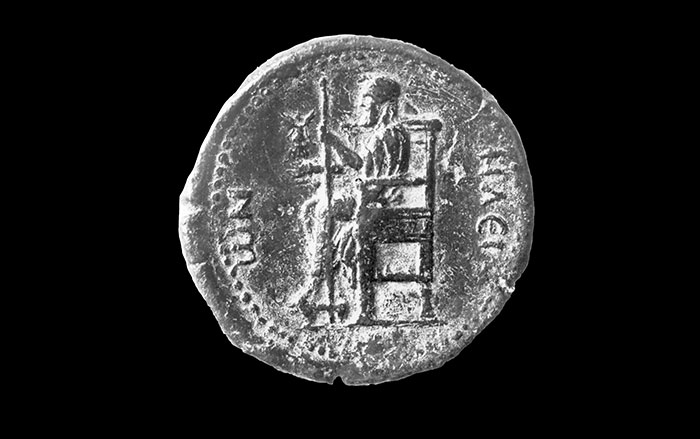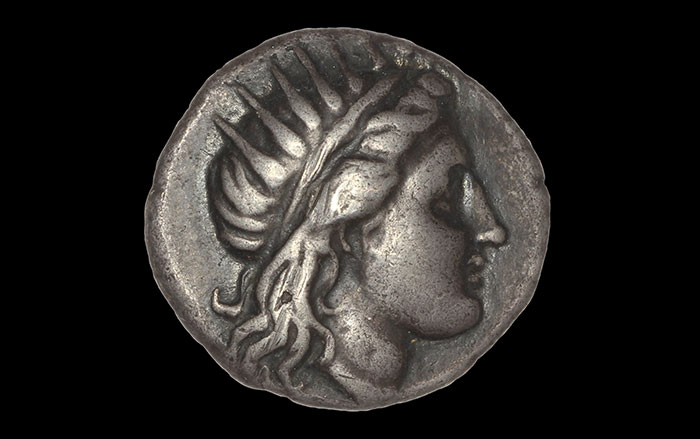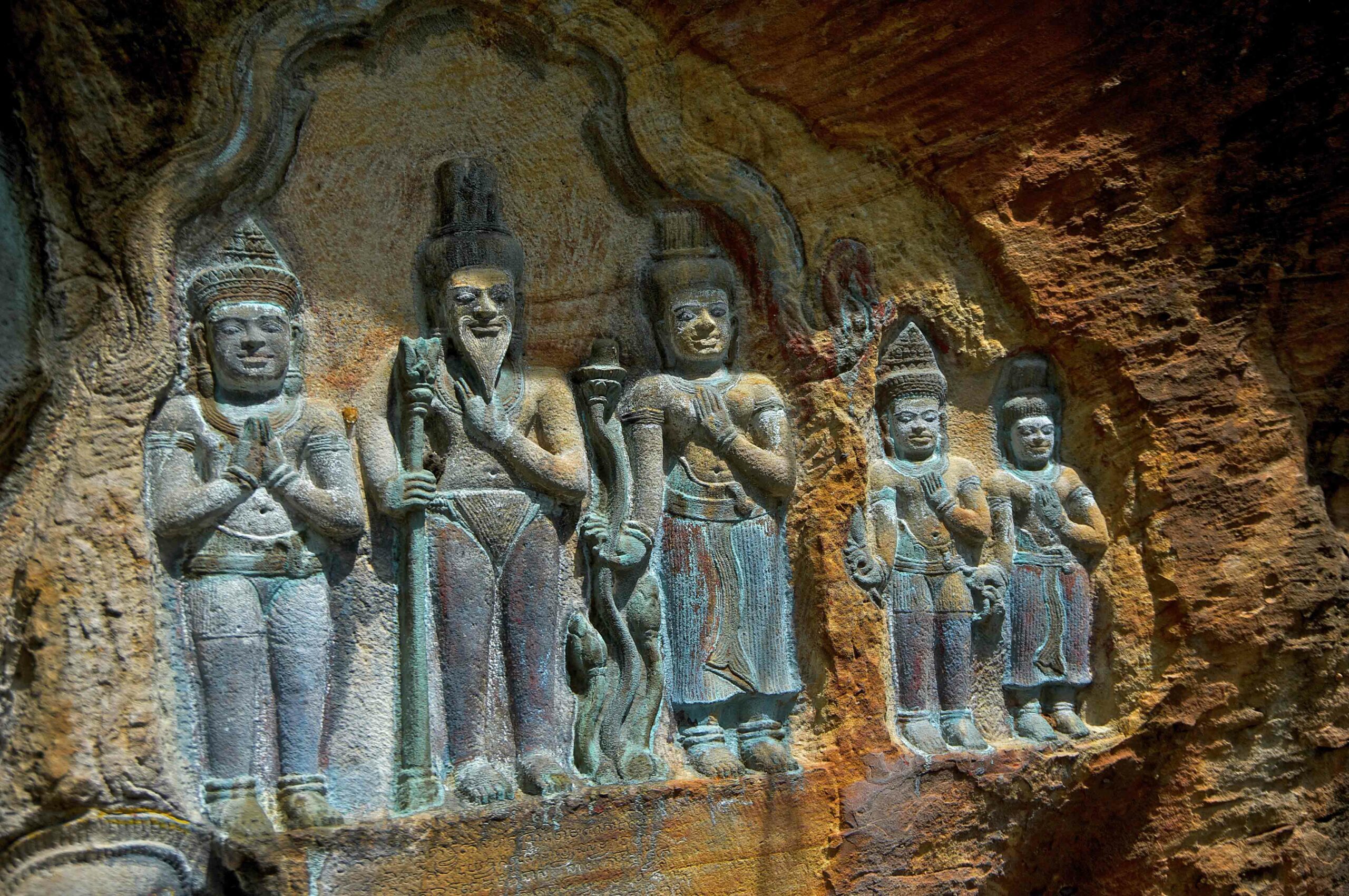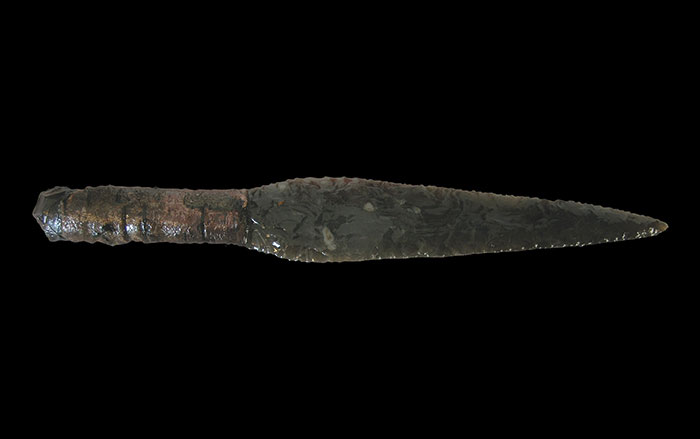
Four decades ago, after excavating hundreds of burials in the ancient Greek city of Amphipolis, about 60 miles north of Thessaloniki, Dimitris Lazaridis turned his attention to an enormous mound called the Hill of Kasta, which he believed contained a tomb or funerary monument of tremendous importance. Lazaridis’ work soon took him elsewhere, and archaeologists didn’t return to Kasta until 2012, when they began to expose the 1,500 feet of marble and limestone walls encircling the mound. This past summer the team found the entrance to the extraordinary monument Lazaridis suspected was there from the start. Work at the site is ongoing, but thus far archaeologists have uncovered a large entranceway guarded by marble sphinxes and three separate chambers. The first is paved with white marble and contains a pair of caryatids standing 10 feet high. The second chamber’s floor is covered with a mosaic of the god Pluto abducting Persephone. And the third, entered through a four-foot-wide marble door, is filled with more sculpture. The tomb dates to the last quarter of the fourth century B.C., when Amphipolis was an important city under Greece’s Macedonian rulers.


